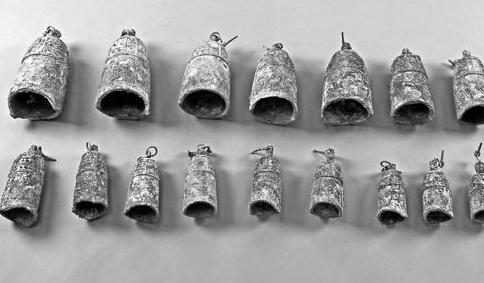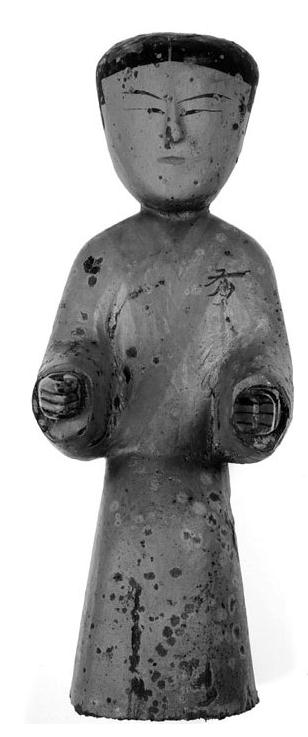A bumper year for digging up the past 2013
From:ChinaDaily NetWriter:Date:2014-01-08
The six most important archaeology discoveries of 2013 were unveiled by the Chinese Academy of Social Sciences in December, with the earliest dating back more than 4,000 years.
These discoveries were selected for their academic value and social impact, says Shi Jinsong, deputy director of the Archaeology Press, co-host of the event along with the Chinese Academy of Social Sciences and the Institute of Archaeology of CASS.

A new discovery at the cemetery of China's first emperor Qinshihuang features a terracotta warrior near the city of Xi'an
"We want to credit efforts that show the way forward for archaeology in China. Each discovery has to be pioneering in its own way," Shi says.
One of the most significant finds was the burial site of Emperor Yang Guang and his wife in Jiangsu province in East China. Yang from the Sui Dynasty (AD 581-618) is considered one of the most ruthless tyrants in Chinese history.

A set of chimes is among the archaeological finds at the burial site of Emperor Yang Guang
An epigraph and hundreds of pieces of jade ware, pottery and lacquer ware were unearthed. The site provides substantial material to aid the study of the elite tombs in the Sui and the Tang Dynasty (AD 618-907), says Qi Dongfang, professor of archaeology at the School of Archaeology and Museology at Peking University.
"It is significant for the research of the history, politics, economy and culture of that period," Qi says.

A colored clay figure unearthed from a Han Dynasty (206 BC-AD 220) tomb at Laoguan Mountain
The earliest find among the six is the ancient city of Zhangye, where archaeologists discovered remains of copper smelting dating back to about 4,100 years ago. More than 2,000 pieces of pottery and stoneware have been found on the site.
The discovery is significant for the study of the early stage of metallurgy technology in China. The huge amount of carbonized wheat and adobe architecture unearthed proves that the Hexi Corridor, an important trade and military route linking China and Central Asia, had exchanges with the West as early as 4,000 years ago. Archaeologists say it also provides new evidence for the time and route of how wheat and adobe architecture were introduced to China.
The cemetery of China's first emperor Qinshihuang also revealed lost moments in history. Skeletons of under-age females were found in the mausoleum, indicating the fate of Qinshihuang's concubines after his death. The terracotta warriors of four high-ranking officials were also discovered.
Other discoveries are the Yejiashan Cemetery of the Western Zhou Dynasty (c. 11th century-771 BC) in Suizhou, Laoguanshan Han Dynasty (206 BC-AD 220) tombs in Sichuan and Wei Bridge in Xi'an.

